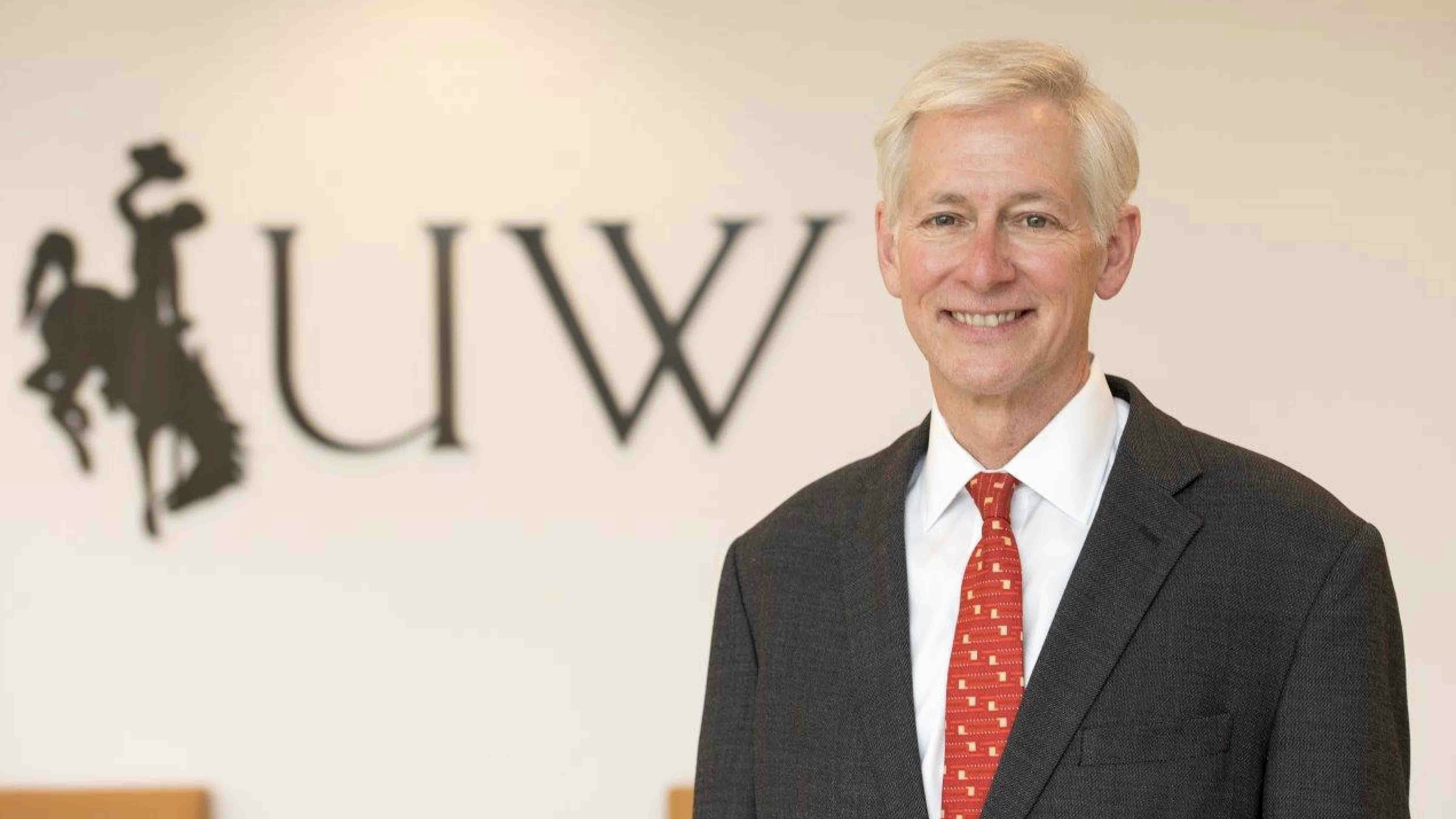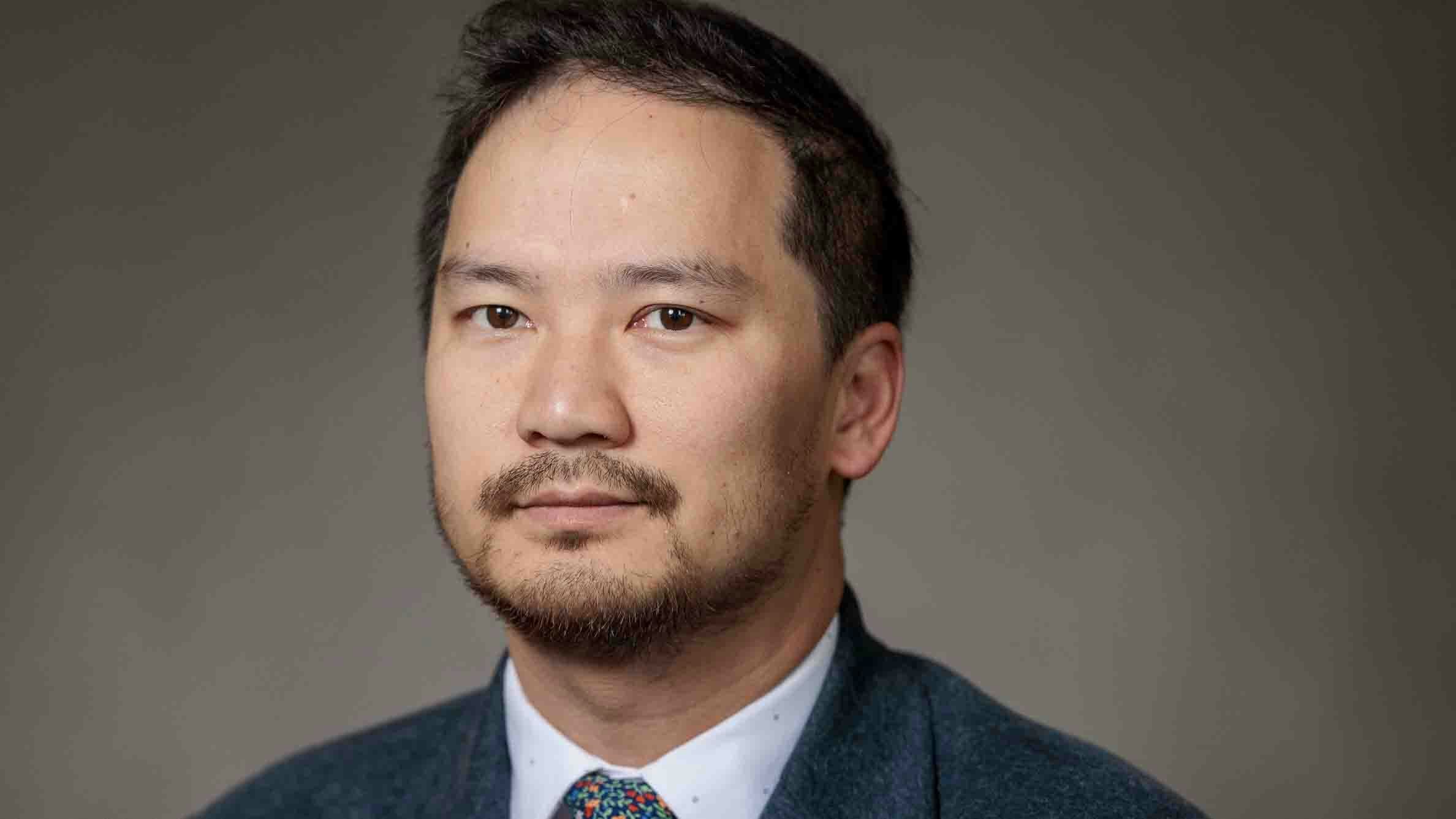Here in Wyoming, self-reliance and independence are in our DNA – they are on the brand.
For generations, we’ve relied on ourselves, our families, and our communities to survive and put food on our tables.
That’s why today, it’s no surprise we’re home to the largest percentage of entrepreneurs, contractors, and small business owners in the country.
It is why the Wyoming Business Alliance works so hard to advocate for positions that help businesses grow here and create more jobs.
That independent spirit means that we operate best with fewer regulations on our businesses.
Folks in Wyoming know what they’re doing, and it is why we bristle at federal agency involvement in our lives.
One of the federal agencies that I’ve been watching lately that could really harm our state is a surprising one – the U.S. International Trade Commission.
The International Trade Commission flies under the radar, but its inflated authority and power means it can single handedly kill jobs and local industries in favor of overseas adversaries.
This means our state’s elected officials need to keep a close eye on it and, without action, businesses here could be impacted.
In West Virginia, 900 hard-working Americans lost their jobs because the International Trade Commission ruled in favor of overseas producers of tin mill steel products.
American blueberry growers were jilted when the International Trade Commission determined that subsidized and unfairly dumped blueberries from foreign countries did not harm domestic farmers enough to justify any action.
If the International Trade Commission continues to rule in favor of competitors over American farmers, it’s only a matter of time before Wyoming’s ranchers and farmers begin to feel those effects.
The bipartisan Advancing America’s Interests Act (AAIA) could help modernize the International Trade Commission.
The bill would require the International Trade Commission to protect domestic industry and prioritize the American public interest when deciding to take up cases, issue rulings and provide evidence to Congress that they did so.
It also narrows its authority to ensure adversaries from outside of the country can’t use the International Trade Commission to harm the American economy and extort American businesses.
The foundation of the International Trade Commission is protecting the American public interest from unfair trade practices. It's clear the Commission needs to be reminded of their original mission.
Reforming the U.S. International Trade Commission is a key step to better protect Wyoming businesses.
The Wyoming Business Alliance is supportive of the AAIA and other measures to fight federal government overreach, especially when it comes to protecting our businesses and our way of life.
Wyoming’s U.S. Senators, John Barrasso and Cynthia Lummis have a history of protecting our state’s business interests.
When the EPA proposed a rule that would bankrupt Wyoming’s farmers, ranchers, and businesses, holding them legally responsible for PFAS water contamination they did not cause, Senator Lummis introduced five bills to protect us from the EPA’s overstepping.
When the Administration announced that bison and cattle would now need to be tagged with an electronic identification tag, burdening ranchers with an unfunded mandate, Senator Barrasso and Senator Lummis introduced legislation to block this rule and to help hard-working ranchers.
Given their record, I have absolute faith they’ll continue to fight federal government overreach, including with the U.S. International Trade Commission.
Renny McKay
President, Wyoming Business Alliance





